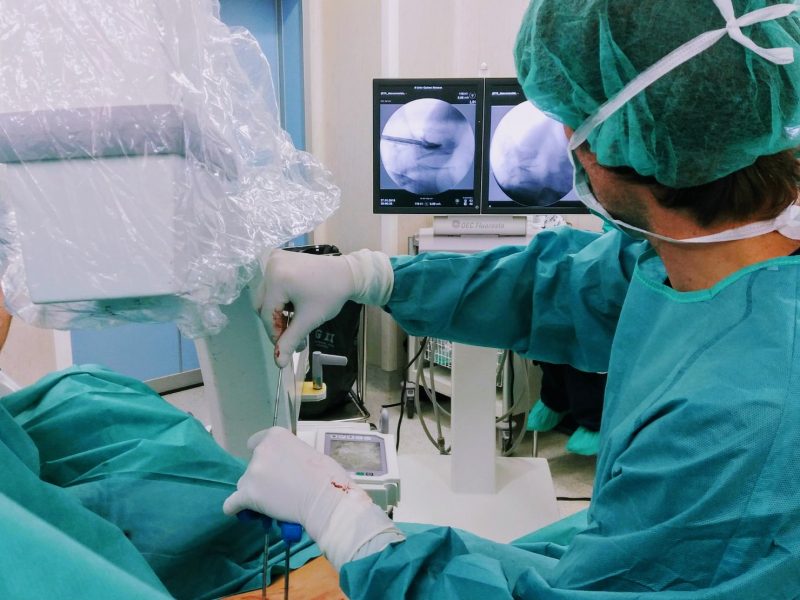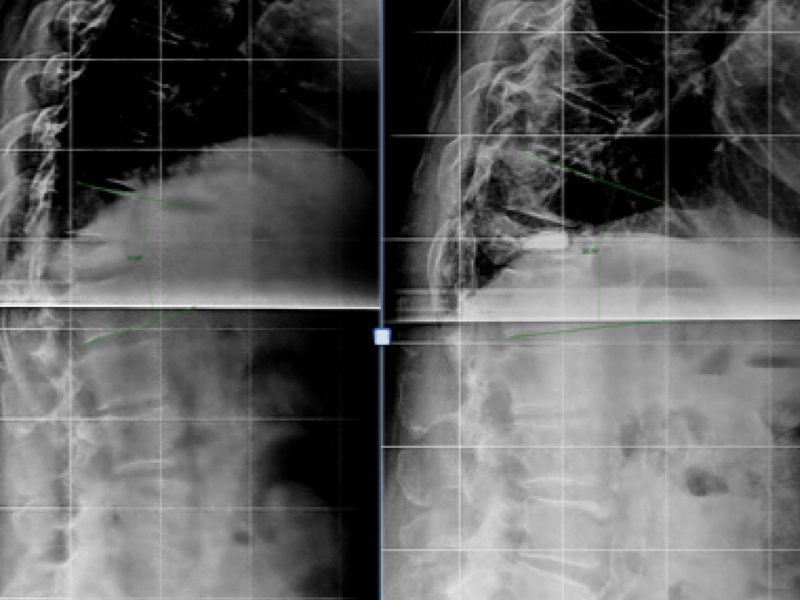The evolution of new surgical techniques and innovation in our specialty makes minimally invasive surgery (MIS) a less aggressive option.
In the last 25 years of spine surgery, enormous advances have been made. The development of new technologies with the general objective of reducing surgical trauma has given rise to the concept of minimally invasive surgical techniques. The improvements in microsurgery, several percutaneous techniques, as well as the improvement of implant materials, have proven to be the option of choice in some pathologies. The advancement of the training of the spine surgeons and the integration of the guided surgery by images, the modalities of assisted treatment by navigation have helped to reduce the morbidity in the spinal surgery.


